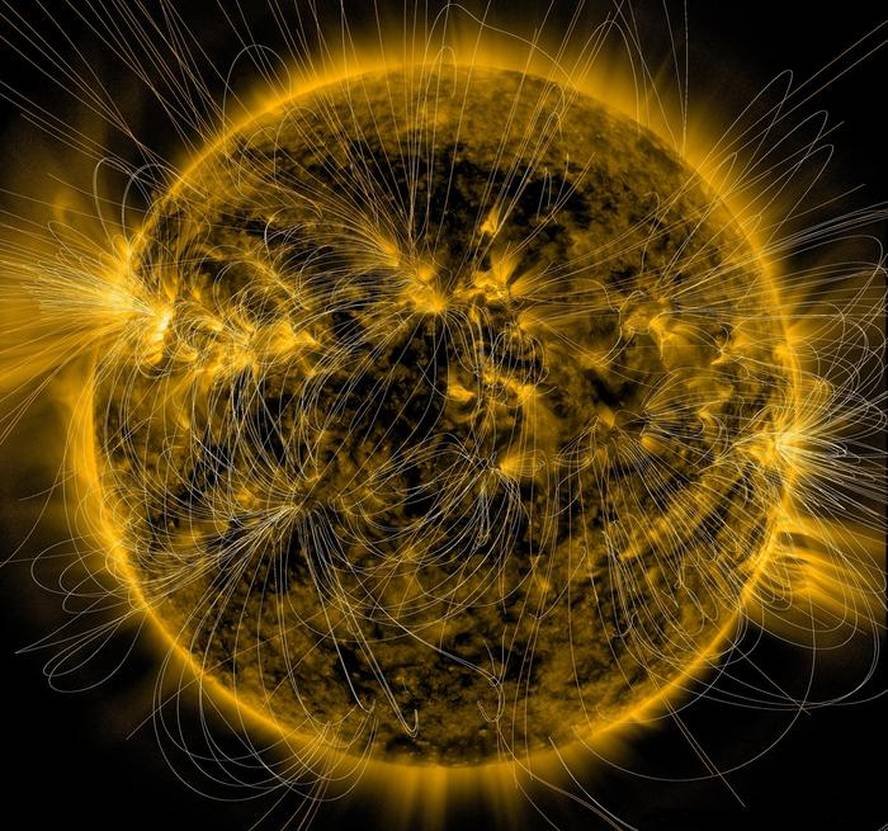They propose that the solar magnetic field be created near the surface.
An international group of astronomers has concluded that the solar magnetic field is produced at a much lower depth than they thought. The study, published in the journal Nature, indicates that the magnetic field originates at an approximate depth of 32,000 km, while the previous hypothesis indicated a minimum depth of 210,000 km.
In addition to better understanding the dynamics of the Sun, astronomers expect the research to contribute to a better prediction of solar storms, as the current hypothesis is better adapted to the observations of solar spots.
Galileo already looked at the sunspots and linked them to the magnetic field. Since then, many astronomers have researched, but the theories couldn't really explain what the observations had shown. In the current research, they have used NASA's supercomputer to perform simulations and used data that they had not previously taken into account, such as torsion oscillation. Because the sun is not solid, so when you spin the rotation varies by latitude. This is called torsion oscillation, and like the magnetic field cycle, it has an 11 year cycle. In fact, astronomers believe that both phenomena are a consequence of the same physical process.
The model thus created better explains the sunspots than it has been so far, so it is expected to also better predict solar storms. Considering the impact that solar storms can have on the functioning of technologies that have become essential today, it is not surprising that more than one researcher has highlighted this aspect.






